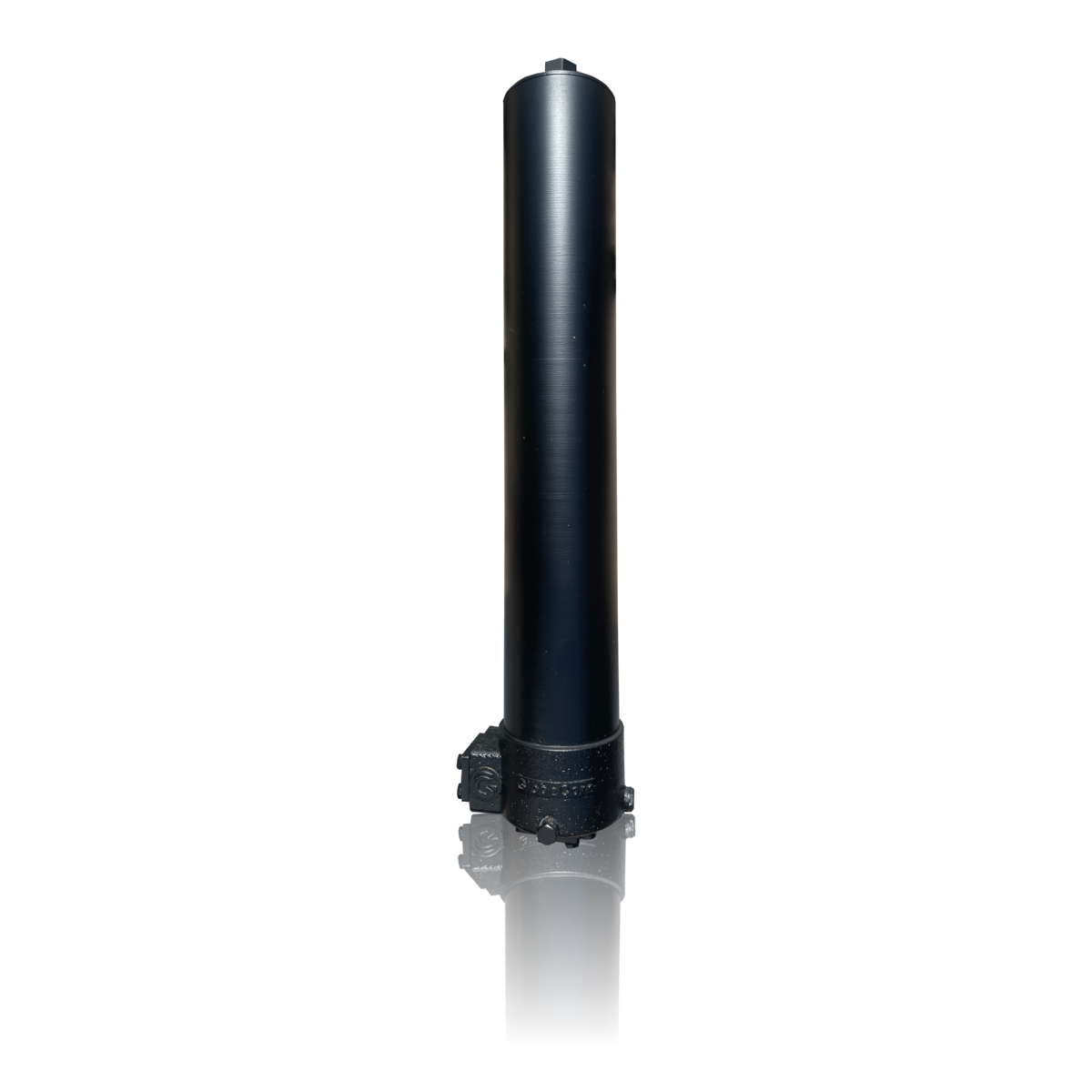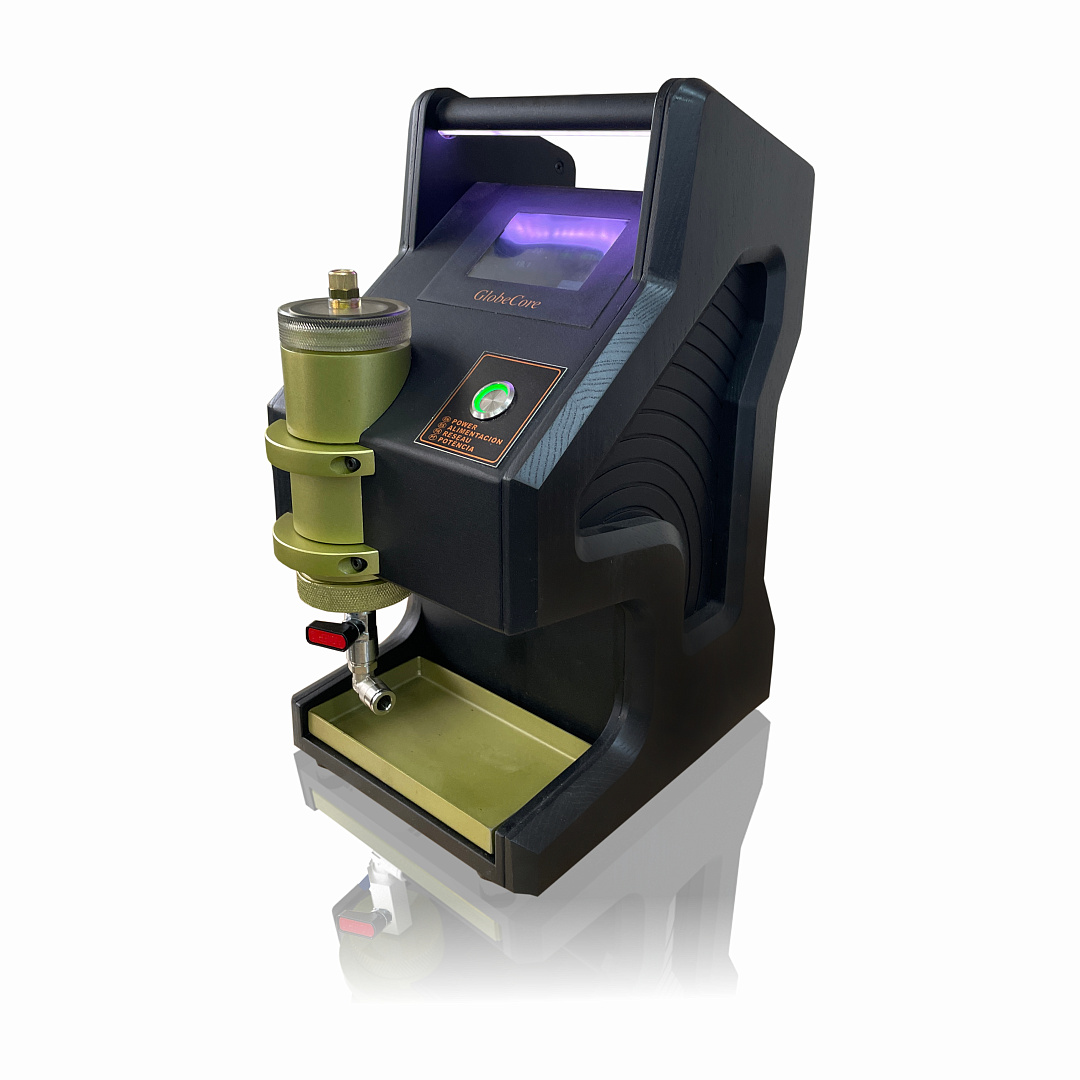What are the key design elements of Diesel Fuel Purification Systems?
- This topic has 1 reply, 2 voices, and was last updated 1 year, 2 months ago by .
Answers
-
October 5, 2024 at 3:28 am by Alexander Taylor
Key design elements of Diesel Fuel Purification Systems include multi-stage filtration, separation technologies, automated controls, system scalability, compact and modular layout, durable construction, and efficient energy use. Multi-Stage Filtration incorporates various types of filters (mechanical, magnetic, coalescing) to target different contaminants, ensuring comprehensive purification. Separation Technologies such as centrifugal or vacuum separators enhance the removal of water and fine particulates. Automated Controls integrate sensors and control units that monitor fuel quality in real-time, adjusting purification parameters for optimal performance. Scalability and Modularity allow the system to expand or adapt based on fuel volume and contamination levels, making it suitable for various industrial applications. Compact and Modular Layouts facilitate easy installation and maintenance, minimizing space requirements and operational disruptions. Durable Construction using high-quality materials ensures the system can withstand harsh industrial environments and continuous operation. Energy-Efficient Designs reduce operational costs by optimizing power usage without compromising purification effectiveness. Additionally, integration capabilities with existing fuel infrastructure and safety features such as pressure relief valves and leak detection systems are essential for reliable and safe operation. These design elements collectively ensure that Diesel Fuel Purification Systems are effective, reliable, and adaptable to meet diverse industrial fuel quality needs.



